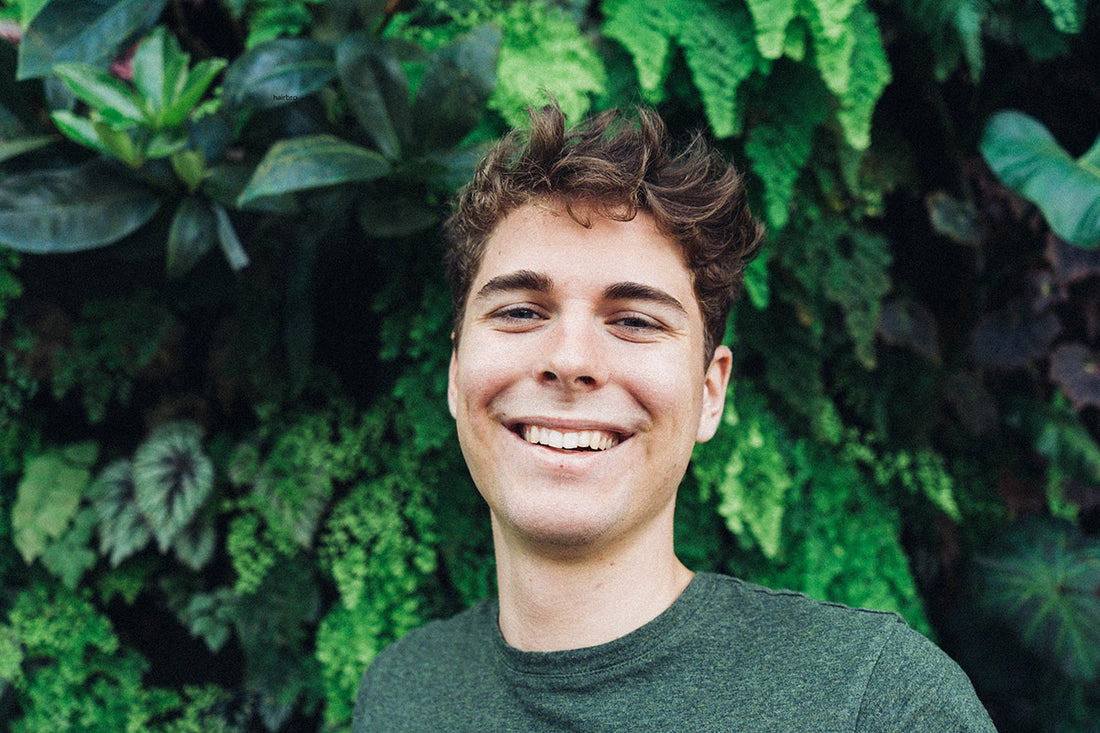Have you noticed that young people seem to be losing their hair a lot earlier? This may not be your imagination. You may think that balding is typically associated with advancing age, while more and more young people in today’s world, especially those in their 20s, admit that they are experiencing the problems, including premature thinning, balding, and shedding. Then, do you know what causes hair loss in your 20s? How to deal with balding at 20s?

What causes hair loss in your 20s?
1. Stress
Stress can cause a variety of conditions that can lead to hair loss, including:
- Telogen effluvium - significant stress pushes large numbers of hair follicles into a resting phase.
- Alopecia areata – the body's immune system attacks the hair follicles that cause hair loss.
- Trichotillomania - you pull your hair off your head without realizing what you are doing.
Stress-induced hair loss is usually temporary. If you’ve lost hair as a result of stress or anxiety, there’s every chance it will start to grow back once your stress levels are back to normal.

2. Extreme Dieting
We need nutrition to create a healthy body, including hair. Yes, your diet can directly affect hair growth. Hair growth requires a lot of energy. If you don't eat enough protein, iron, vitamins, and fatty acids, you may suffer from hair loss or thinning.

3. Genetics
If anyone in your family has a history of baldness or thin hair, you might have drawn the short stick in the gene pool. Male pattern baldness is common and in some cases begins in the mid-30s. To treat this, doctors and dermatologists may recommend a high-fat diet and additional biotin.

How to deal with balding at 20?
1. Medication
Medication is an important part of hair loss treatment. Finasteride can effectively treat male androgen-induced hair loss. Yes, it is your grandpa's medicine for prostate hyperplasia. It does not affect testosterone, so it has little effect on sexual function. However, its regenerative effect on hair will disappear within one year after the drug is stopped. Minoxidil is suitable for a variety of non-scarring alopecia, with few adverse reactions, but it also needs continuous use to maintain hair regeneration.

2. Hair transplantation
Male androgen-induced alopecia, scarring alopecia, and high hairline can all improve the appearance of hair density through hair transplantation. But it is not a panacea. Temporary diffuse resting hair loss is not suitable for hair transplantation. And the chances of hair follicle survival are uncertain, it is almost impossible to obtain ideal results for each patient.

3. Change your lifestyle
It sounds simple. Removing incentives, staying relaxed, maintaining balanced nutrition, and resting at the right time can help you reduce hair loss. But you will find that lifestyle is not so easy to change.
4. Hair system
![]()
Here are the main advantages of the hair system:
- Made from 100% human hair-they ensure your natural look
- Hair systems are fully customizable, meaning they can be tailored to your unique hair requirements
- They are easy to wear and maintain
- Modern hair system is waterproof and suitable for fitness
- Price of hair system won't burn holes in your pocket
- Hair system lets you try different hairstyles

